
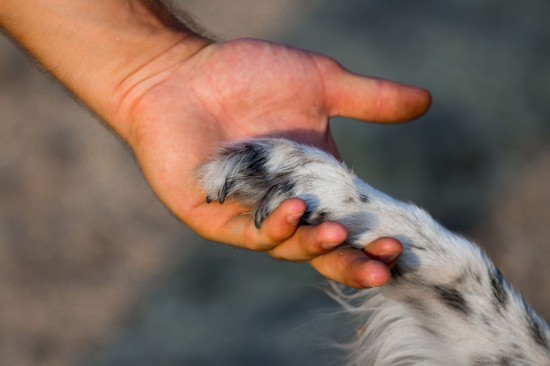
Before starting to train your pet it is essential that you understand basic learning theory, i.e. how individuals learn. The two types that are most relevant to training animals are classical conditioning (or Pavlovian conditioning) and operant conditioning.
Classical conditioning was made famous by experiments carried out by the Russian physiologist Ivan Pavlov. As he was collecting saliva from dogs for his experiments, Pavlov noticed that the dogs started to salivate before they were presented with food. In order to explore this phenomenon further he set up behavioural experiments where he paired the presentation of food with the ringing of a bell. As food is biologically important to animals it is called the unconditional stimulus and the response of salivating is called the unconditioned response, as there is no learning (conditioning) involved in this involuntary/reflex response to food. Pavlov found that after repeatedly ringing a bell while presenting food the dogs started to salivate to the sound of the bell ringing alone, i.e. without food also being presented. As the sound of a ringing bell is not biologically important to animals but became important to these dogs through its association with food it is called the conditioned stimulus and the salivation in response to the bell is called the conditioned response. This type of learning therefore occurs through associations the animal makes between different things in its environment, and has nothing to do with the animal's own behaviour. An example in the home setting is a dog or cat associating the crunching of car tyres on gravel with the owner coming home. The owner coming home is the unconditioned stimulus as a well socialised animal will enjoy being with its owner. The dog getting excited is the unconditioned response. The dog learns over time that when it hears the gravel crunching the owner comes home, thus an association between two environmental stimuli have been paired, one biologically important to the dog, the other originally unimportant. A second example is the dog who has messed on the carpet in the owner's absence. The dog associates the owner's return and the mess on the carpet with punishment and responds with fear. A veterinary example is where a cat associates a bottle of ear drops with discomfort and experiences a conditioned fear response whenever it sees someone carrying a small bottle. Puppies that are taken outside at times when they are likely to eliminate will learn an association between the need to empty thier bowel or bladder with the presence of external stimuli, such as grass or even a command, such as "go wee wees"! The unconditioned response to needing the toilet is to eliminate. Therefore, after several pairings between needing the toilet and being outside, the puppy's elimination will be triggered by being outside (e.g. standing on grass or hearing "go wee wees").
Operant conditioning, or trial and error learning, occurs when an association is made between three events: a stimulus, a response (the animal's behaviour) and a consequence. The effect of the consequence on the animal determines the likelihood of that response occurring again on future exposure to that stimulus. If the response increases in occurrence the stimulus is called a reinforcer. If the response decreases then the stimulus is called a punisher. Both reinforcers and punishers can also be categorised as positive and negative. Positive and negative in this case does not relate to the pleasantness of the stimulus but to the manner in which it is applied. For example, an aversive or unpleasant stimulus can be a negative reinforcer or positive punisher depending on whether it is presented to the animal or taken away. An example of a negative reinforcer is relieving discomfort around the neck by walking to heel instead of pulling. An example of positive punishment is smacking a dog for toileting in the house. Similarly, a pleasant stimulus can be a positive reinforcer if it is presented to the animal, such as a food treat for a desired behaviour, or a negative punisher if it is withdrawn from an animal, such as ignoring (i.e. withdrawing attention) when a dog jumps up.
Operant conditioning therefore forms the basis of animal training and behavioural modification but it can also result in inadvertently learnt inappropriate behaviours (unintentional learning). For example, a dog barks on hearing or seeing the postman approach the front door. The postman then leaves. Therefore, the barking has been positively reinforced. Animals are learning all the time: therefore, owners must be very careful of the consequences of their pet's behaviour as any reward (as perceived by the pet) can reinforce behaviour. For example a dog jumping up might find being pushed off roughly rewarding because it is social interaction, rather than finding it to be aversive (punishing) as the owner intended. However, if the owner uses positive punishment or negative reinforcement too often or too excessively the dog can develop a fear response which can lead to the exacerbation of existing behaviour problems or the development of new ones.
A common application of classical and operant conditioning in animal training is using a conditioned stimulus to reinforce desired behavioural responses and therefore becomes a conditioned reinforcer. Such stimuli can include voice commands, hand signals, whistles and specifically manufactured devices, such as the clicker. The initial introduction of the clicker is done through classical conditioning: the clicker (conditioned stimulus) is repeatedly paired with the delivery of food (unconditioned stimulus) until the animal learns to anticipate the arrival of food on hearing the sound of the click. The clicker then elicits the same response as the food. Operant conditioning can then be used to positively reinforce appropriate behaviours. For example, a dog receives a click and a treat for sitting down. The use of the clicker can eventually be faded out and replaced with intermittent reward. It is important to intermittently reward the animal for good behaviour for life as the behaviour may become extinct (the animal stops performing the behaviour) if there is never any benefit to the animal for showing it. For example, an owner cannot expect their dog to continue walking to heel if there is no reward for doing so but there is a reward of getting to the park faster if it pulls! The timing of the reinforcer (or punisher) is also very important. A delay of even 1 second can mean that the wrong behaviour has been reinforced (or punished) which can lead to the development of inappropriate behaviours.
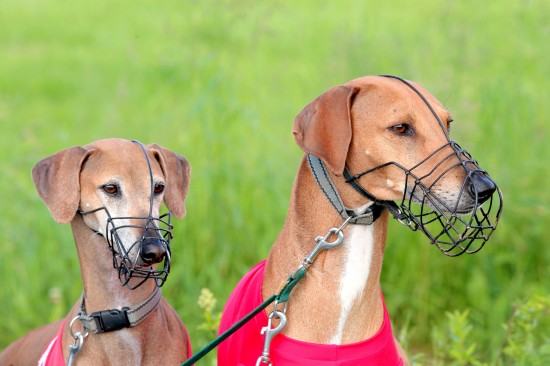 How To Train Your Dog To Wear A Muzzle
How To Train Your
How To Train Your Dog To Wear A Muzzle
How To Train Your
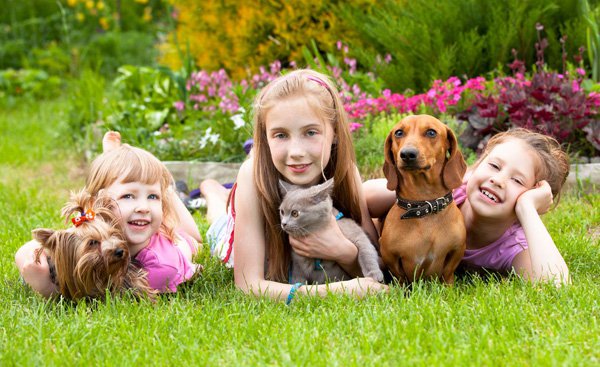 Different fun activities for dogs
Different fun activities for dogs
We almost lo
Different fun activities for dogs
Different fun activities for dogs
We almost lo
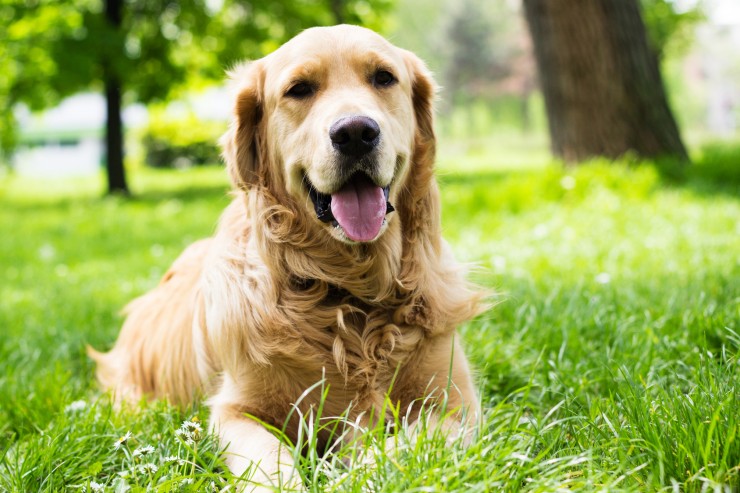 Canine Endocarditis - What Is It?
Canine Endocardit
Canine Endocarditis - What Is It?
Canine Endocardit
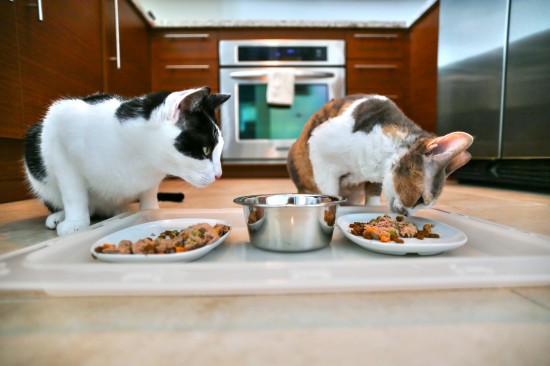 Tips On Feeding Several Cats In A Household
Tips On Feeding S
Tips On Feeding Several Cats In A Household
Tips On Feeding S
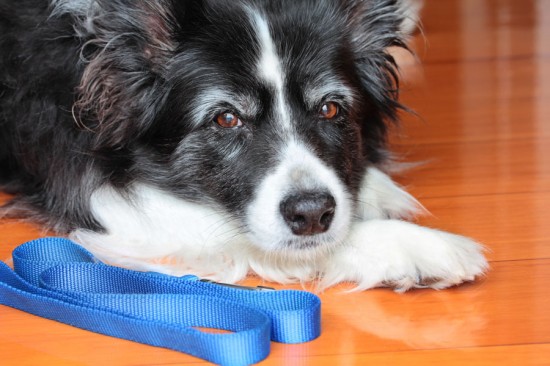 What Happens To Retired Working Dogs?
What Happens To R
What Happens To Retired Working Dogs?
What Happens To R
Copyright © 2005-2016 Pet Information All Rights Reserved
Contact us: www162date@outlook.com